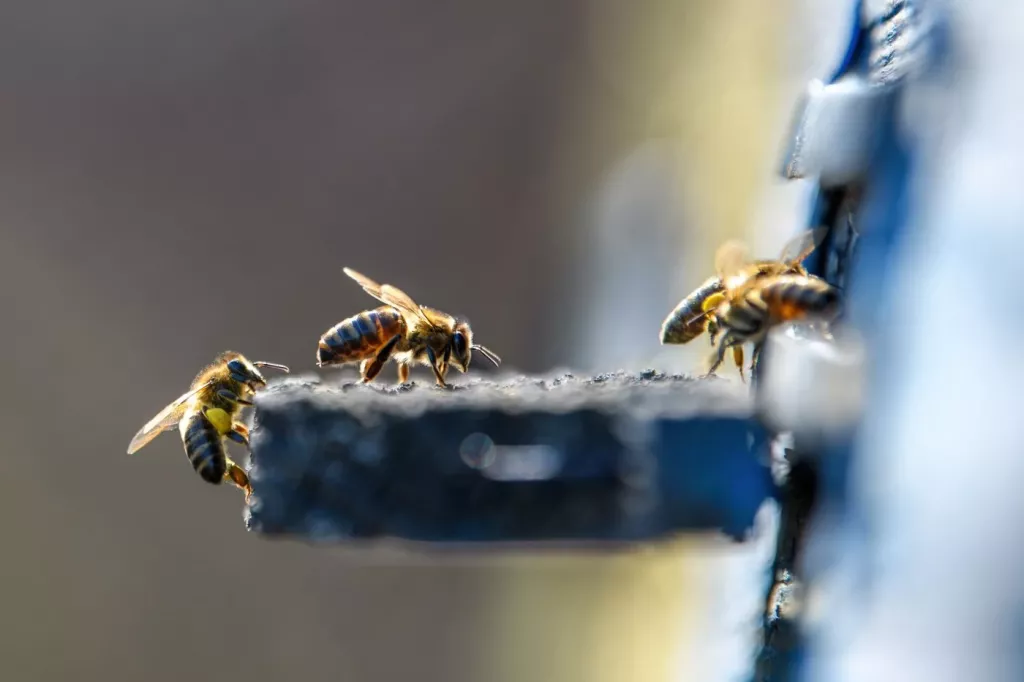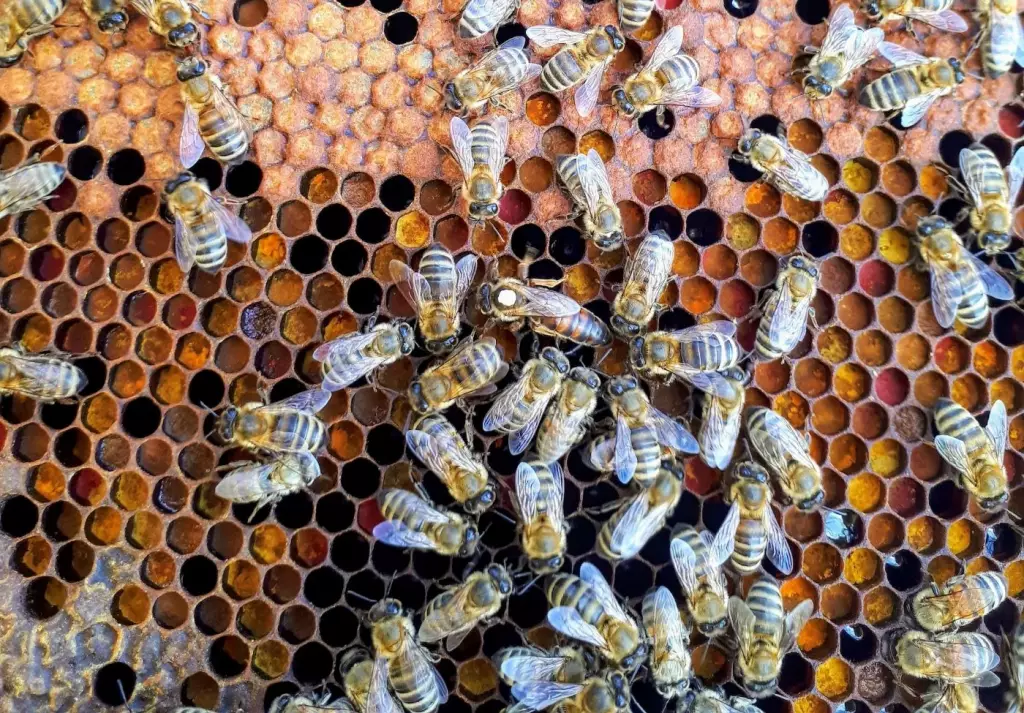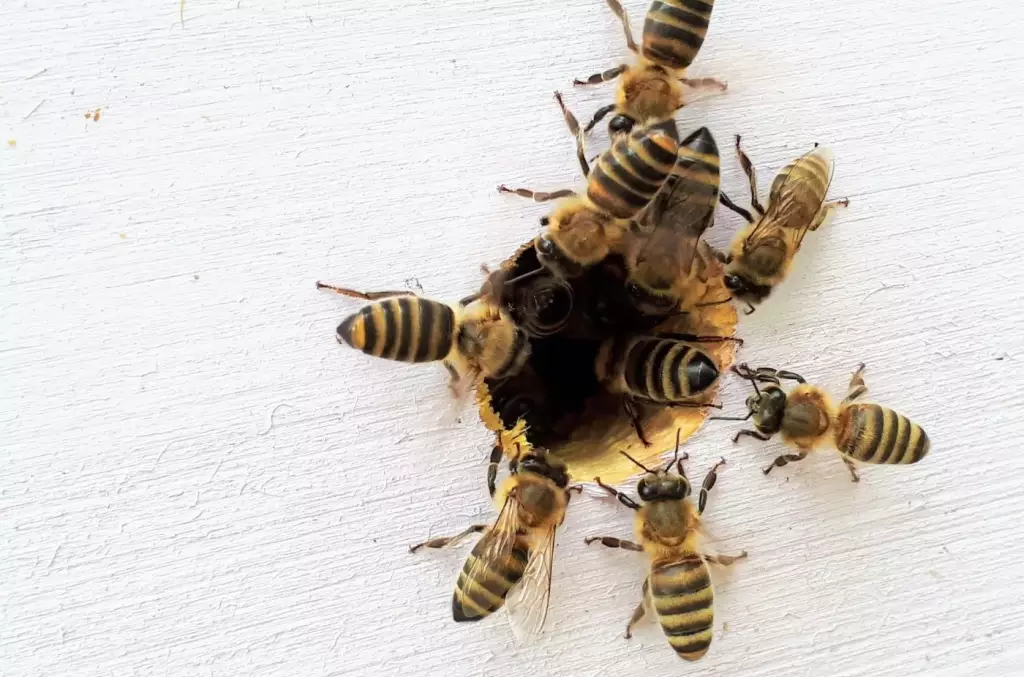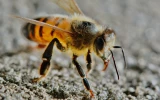Why Do Male Bees Die After They Mate?
They say a drone bee's life is cruel – and short. Male honeybees, or drones, are usually born in the early spring to fertilize a new queen bee. But after doing their job, their lives come to an abrupt end. What happens?
During mating, the drone’s endophallus (a tube-like organ) is pulled out of his body when it is grasped by the queen’s reproductive tract. As a result, the drone bee's endophallus is ripped off from his body and the bee dies instantly. This is thought to ensure that no other drones can mate with the queen.
It may be a sad ending, but it’s a necessary part of the cycle of life. Without drones to fertilize new queens, the colony wouldn’t be able to reproduce and would eventually die out. Even so, is it still a tragedy for the individual male bee who dies so young? Let's find out.
Summary
- Drone bees die after mating because their endophallus is removed from their bodies and attached to the queen.
- Queen bees mate with more than seven drones, but not their own drones.
- Drones wait for the queen bee in the congregation area to mate with her.
- The length of the mating ritual varies from a few minutes to over an hour.

On this page:
What Happens to a Male Bee After It Mates?
After satisfying the queen's reproductive needs, the drone bee dies, leaving his endophallus within the queen, helping to fertilize her eggs. The drones are no longer needed after mating and can actually be considered a burden on the colony, as they consume resources without providing any benefit to the hive.
In some parts, the male bee or drone bee doesn't die instantly; however, the worker bees will push him out to the hive until he is eventually removed. This is because the male drone cannot feed itself, and it could be a danger to the colony as it can attract predators or parasites.
Thus, the death of drone bees is necessary for the survival of the colony. Without them, there would be no new queens, and the colony would not be able to reproduce. As sad as it may seem, this harsh reality helps ensure the survival of the hive.
So when the drone bee is gone from the hive or dead, he will not be stored inside the hive. Most of the time, you will see dead drone bees near the hives. This is because they are no longer needed and are too weak to fly away from the hive.
How Many Males Does a Queen Bee Mate With?

On average, a queen bee will mate with 7–15 drones during her mating flight. But this number can vary depending on the environment. If there is an abundance of drones available, she may mate with more than 12. On the other hand, if there is a shortage of drones, she may mate with fewer.
Once the queen has mated and is ready to return to the hive, she will discard the males that she mated with. They are no longer needed and are seen as a burden on the colony. Thus, they will be pushed out of the hive by the worker bees until they eventually die.
You can find queen bees mate with drone bees in the first 1st to 2nd week during their adult life. The drone bees die after mating, and the queen bee can lay up to 3,000 eggs in one day during her peak laying period.
So now you know why male bees die after they mate—it is a necessary part of the cycle of life for honeybees! Even though their lives are short, they still contribute to the survival of the hive and ensure that new generations will be born.
How Long Do Bees Mate For?
When the drone bees are ready to mate, they will wait for the queen bee in a designated mating area. The mating process usually lasts from a few minutes to more than an hour and is concluded when up to 15 drones have mated with the queen.
After mating, the female will fly off and start laying eggs, while the males are left behind to die. The whole mating process is necessary for the survival of the colony and helps to ensure that new generations will be born.
So, what really happens in the mating process is when the drone bee's stingers are inserted into the queen bee's reproductive organ. The stingers then inject and ejaculate sperm, which will fertilize the eggs that eventually form the new generation of bees. In which the queen bee gives birth to a swarm of bees.
The mating process is vital for the survival of the colony and is done during the peak laying season of the queen bee. Without it, no new generations would be born, and the colony would eventually die out.
To sum up, drone bees are essential for the survival of a bee colony. They may not be able to make honey or work, but their presence is necessary for the mating process and helps maintain genetic diversity within a colony. They may have a short life, but they serve a very important purpose in the life cycle of bees. So, even though their deaths may seem sad and abrupt, they are actually a necessary part of the life cycle of bees.
Why Do Drone Bees Sting if it Kills Them?
Despite the fact that drones cannot sting, they do possess stingers and can still be dangerous to other insects. When threatened by a predator or competing male bees, a drone will use its stinger in defense. However, this is usually not enough to save them from being killed, as the stinger does not have enough venom to subdue their attacker, and they will ultimately die.
Thus, while drones can use their stingers in self-defense, it is not enough to save them, leading to an abrupt end. However, this is a necessary part of the cycle of life for bees as it helps ensure the survival of the hive. Without drones, there would be no new queens and the colony would eventually die out.
On the other hand, they use their stingers to mate with the queen. This is essential for the survival of the colony, as it helps to ensure that new generations can be born. So even though a drone's death may seem tragic, it is actually an important part of the cycle of life for bees.

What Drone Bees Add To the Hive
Despite their short life span, drone bees offer many benefits to the hive. These are some of the commonly recognized benefits:
Mating
Drone bees help maintain the genetic diversity within a colony by mating with the queen bee, thus ensuring that the new generations are healthy and strong. Without them, the colony would eventually die out due to inbreeding.
Pest control
Drone bees help to keep pests away from the hive. Although they cannot sting, their presence will help to deter pests that could otherwise infest the hive and cause serious damage to the colony.
Besides these two purposes, drone bees are usually there to mate with the queen bee. They don't work, they can't make honey, and their stinger cannot even sting. They lived for about eight weeks until they were able to mate with the queen. In some situations, drone bees are still kept in the hive if that drone bee is still unable to mate with the queen as a reserved mating partner.
So even though their lives are short, they still have an important role to play in the survival of the hive. Without them, bee colonies would be doomed.
Are All Bees Male Except for the Queen?
All worker bees are female, so they are not considered drones. Male bees are only drones, which means they do not work and cannot make honey. As mentioned earlier, their main purpose is to mate with the queen bee.
The queen bee is also female; however, she is the only one in a colony that can lay eggs. She is larger and longer-lived than the other bees in a colony. The queen bee can lay up to 3,000 eggs in one day during her peak laying period, and she is constantly surrounded by attendants that feed and groom her.


